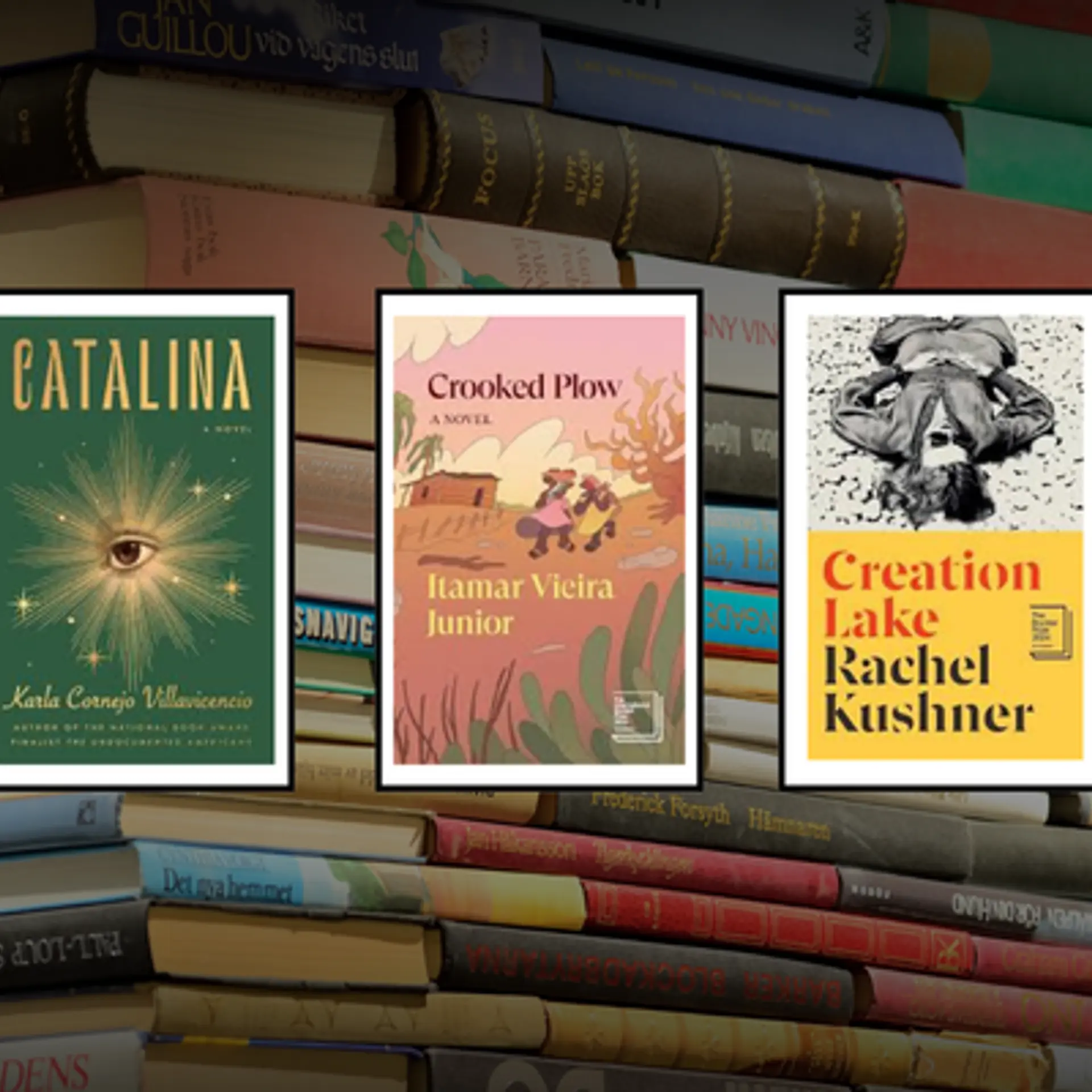Younger, more educated, and improved gender ratio in 17th Lok Sabha
On an average, women MPs were younger compared to their male counterparts in the 17th Lok Sabha. It also had nearly 400 graduate MPs, while the proportion of those having studied at least till 12th class has gone up.
As the 17th Lok Sabha held its last sitting on Saturday, data showed it was a younger House with better education profile and an improved gender ratio, though it still remains lower than many other countries.
Also, the number of first-time MPs was below the half-way mark at 260 and the number of re-elected members was higher than the previous Lok Sabha.
When Lok Sabha was constituted in 2019, the BJP had 303 members as the single largest party, though it came down to 290 by the last sitting, largely due to resignations of some MPs after the recent assembly polls that they fought and won.
Total 397 MPs were elected from national parties in 2019, including 52 from Congress, which now has 48 MPs. TMC's tally remains at 22, though it is now classified as a regional party. Among the state parties, DMK's tally is 24, up from 23 at the beginning of the 17th Lok Sabha while YSRCP has maintained its number at 22.
The 17th Lok Sabha saw fewer MPs over 70 years and more under 40 years, while its average age was around 54 years. The proportion of MPs below 40 years was steadily declining from 26% in the first Lok Sabha to eight per cent in the 16th. But the 17th Lok Sabha bucked this longer-term trend with an increase to nearly 12% when it was constituted.
Chandrani Murmu of BJD from Keonjhar constituency was the youngest member of the House, getting elected at the age of 25 years, 11 months in 2019 and Shafiqur Rahman Barq of SP from Sambhal constituency was the oldest MP, getting elected at the age of 89 years.
On an average, women MPs were younger compared to their male counterparts in the 17th Lok Sabha.
This Lok Sabha also had nearly 400 graduate MPs, while the proportion of those having studied at least till 12th class has gone up.
As many as 716 women candidates contested the 2019 general election, of which 78 were elected to the 17th Lok Sabha. It now stands at 77. In 2014, 62 women MPs were elected.
The representation of women MPs in Lok Sabha has increased to nearly 14% with a steady but slow rise since five per cent in the first Lok Sabha. It still remains lower than many countries which include Rwanda (61%), South Africa (43%), UK (32%), USA (24%) and Bangladesh (21%).
Most MPs had declared political and social work as their occupation (39%), while nearly 38% listed agriculture and 23% were businessmen. Many had declared more than one occupation.
Edited by Megha Reddy






